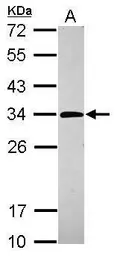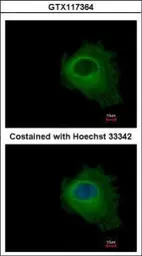Purine nucleoside phosphorylase antibody
Cat. No. GTX117364
Cat. No. GTX117364
-
HostRabbit
-
ClonalityPolyclonal
-
IsotypeIgG
-
ApplicationsWB ICC/IF IHC
-
ReactivityHuman

